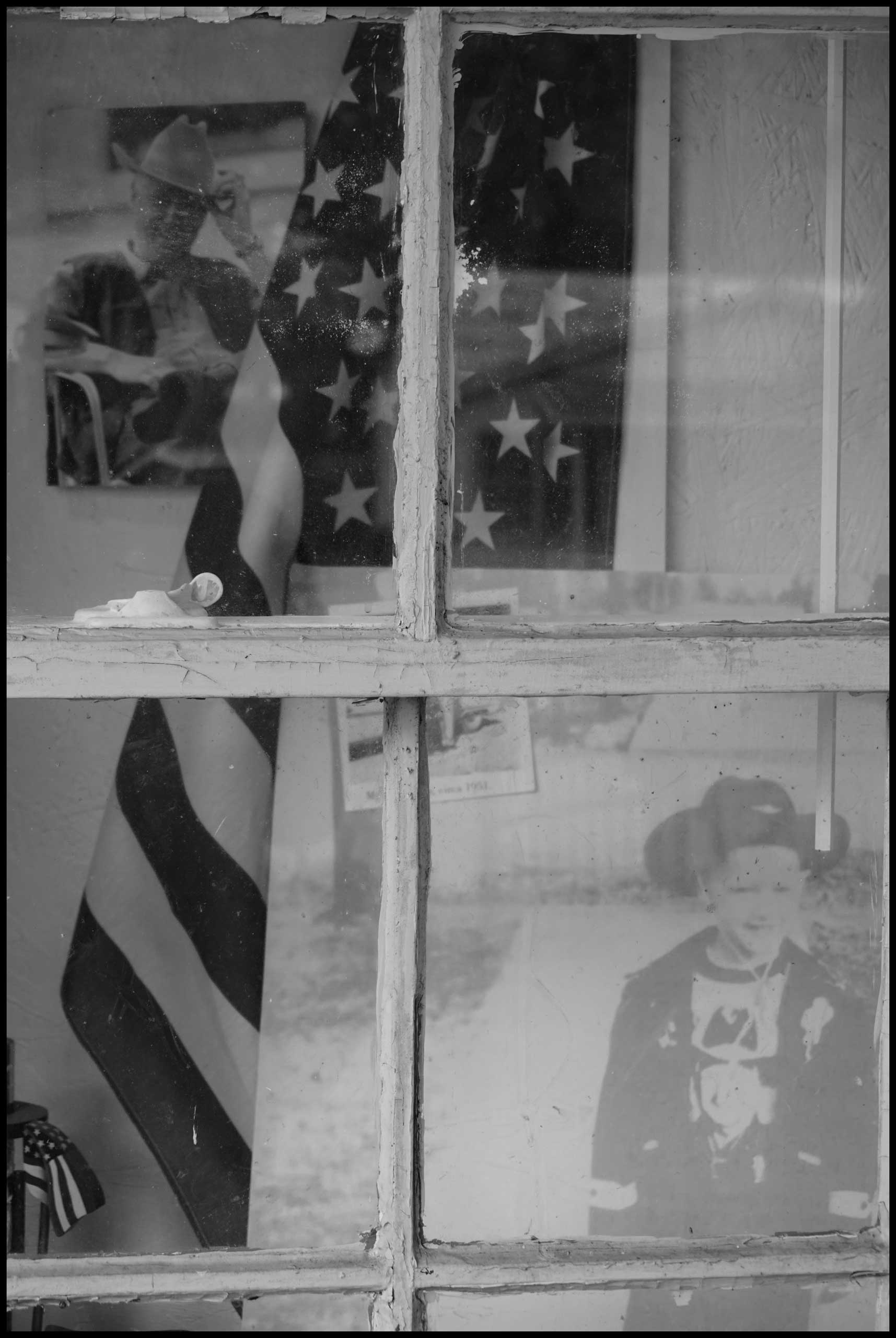
Hope, Ark., was little known to the American people before 1992. A sleepy southern town of less than 10,000 people, the hamlet was thrown into the limelight of a political campaign when one of their own, Bill Clinton, ran for office as the ‘Man from Hope’. Following the release of a short film about Clinton’s childhood during the Democratic National Convention, Hope emerged as America’s symbolic every-town and for a time, became the center of the universe.
But much has changed since this Clinton was elected. Mirroring the political shift of its Southern neighbors, an impassioned Republican populism has taken hold. Now, as another Clinton runs for the presidency, Magnum photographer Eli Reed returned to Hope. “In a small town, things become very purposeful in a big way,” Reed tells TIME. “In today’s cynicism and fear, Hope represents the American dream: a place where it all begins, where you fight your way to the top no matter how humbling your beginnings.”
After a six-hour road trip from Texas to Hope, Reed wandered around town to get a feel for the place, attending Republican and Democratic committee meetings, enjoying the town’s historic watermelon contests, and spending time with the locals. While it’s a hot bed of mixed views about Barack Obama and George W. Bush, Reed says there’s still hope in Hope. “Here, it doesn’t matter who you are, people respect you,” he says. “If you’re there long enough, you’ve become a part of the family. You spend time in the same places, you see the same people, when someone passes away, you lose part of the community. You share many ways of thinking and can talk about their differences in a reasonable way.”

While photographing a stalwart Trump supporter, Reed was surprised to see a Democrat cross his lawn towards them. “I started getting nervous, wondering if this would be a problem,” he says. “But they shook hands and called each other neighbor. That mattered more to them. That’s the hope for the United States.”
The city’s old fashioned neighborly kindness serves as a progressive symbol of hope in more ways than one. Hope’s racial makeup—48% white and 43% black—offers an optimistic look at coexistence in light of the recent racial debate that has engulfed the country ahead of the 2016 presidential election. “The beat goes on,” says Reed, the first black photographer at Magnum Photos. “This is a never-ending story. The U.S. is changing and the more it changes, the more intense it gets and the more real it gets. In Hope, things take a long time to unravel or to ravel but when they do, we can see a lasting push in the right direction.”
Does Hilary have a leg up in the small town that played a part in her husband’s successful candidacy? Reed is doubtful. “In some ways she is as new or newer to Hope as she is to the rest of the country,” he says. “Had she spent more time with the people and wasn’t looked at as an outsider, maybe things might be different.”
Reed, who also photographed Bill Clinton’s inauguration in 1993, recalls the thrill of the historic moment, which has ripple effects today. “The U.S. is a symbol all over the world of coming together with a common purpose,” he says. “With all that has happened in the past, we can’t take two steps backward. We must move forward. When there are places where two people from different parties are shaking hands, there is hope.”
Eli Reed is an American photographer, professor and author. This project was commissioned by Magnum Photos and a wider selection of images, edited by Reed himself, can be viewed on the Magnum website.
Olivier Laurent, who edited this photo essay, is the editor of TIME LightBox. Follow him on Twitter and Instagram @olivierclaurent
Rachel Lowry is a writer and contributor for TIME LightBox. Follow her on Twitter and Instagram.
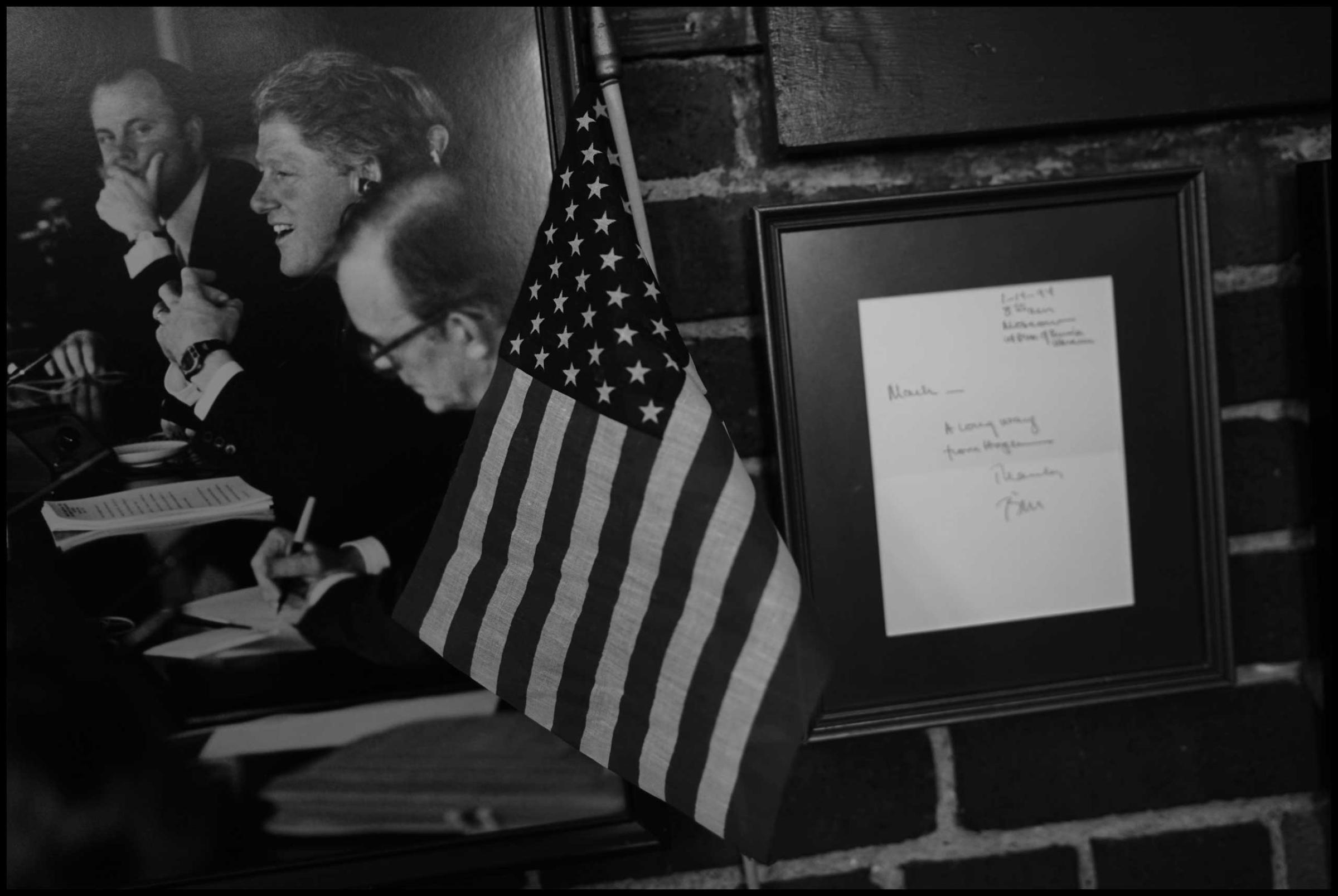
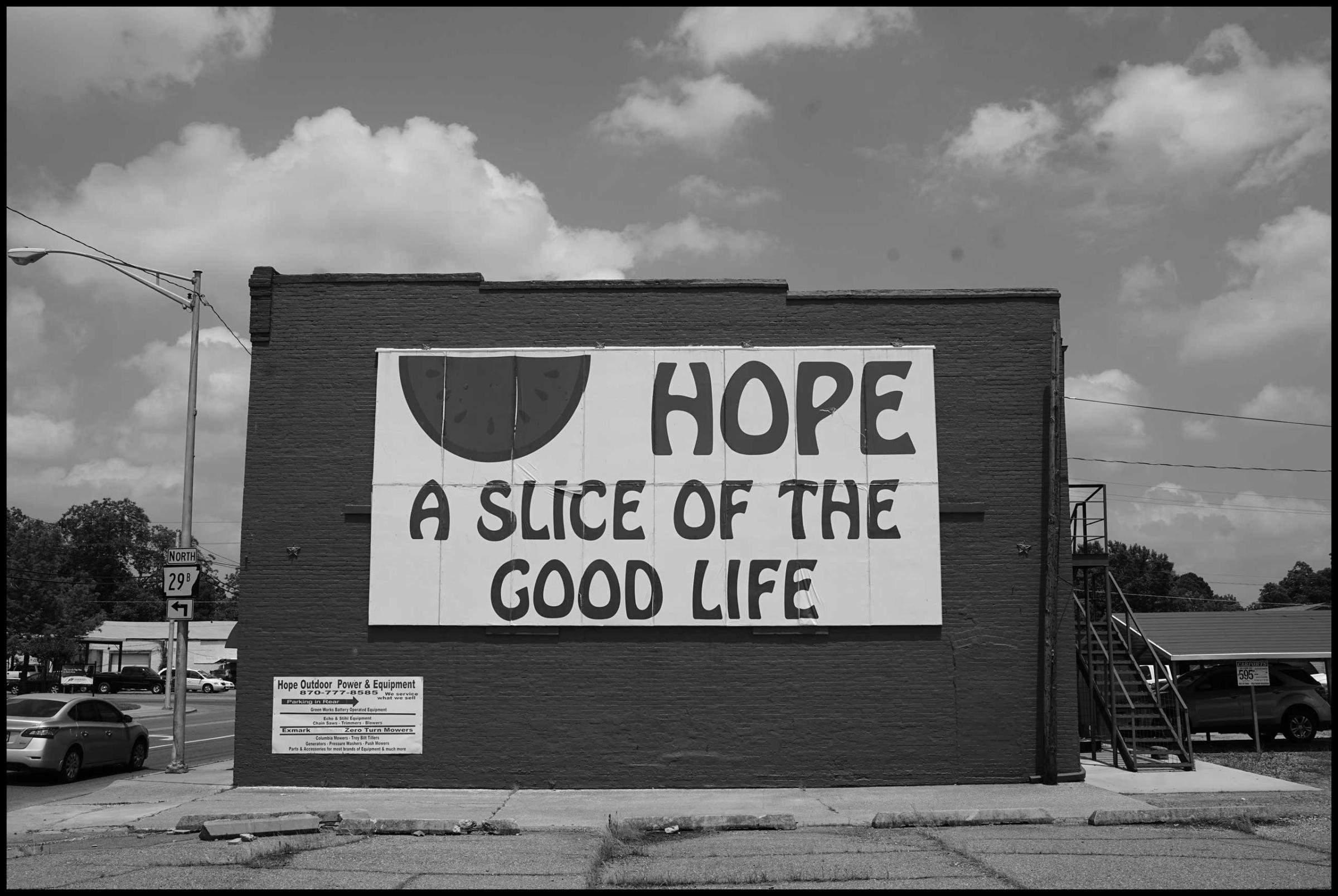
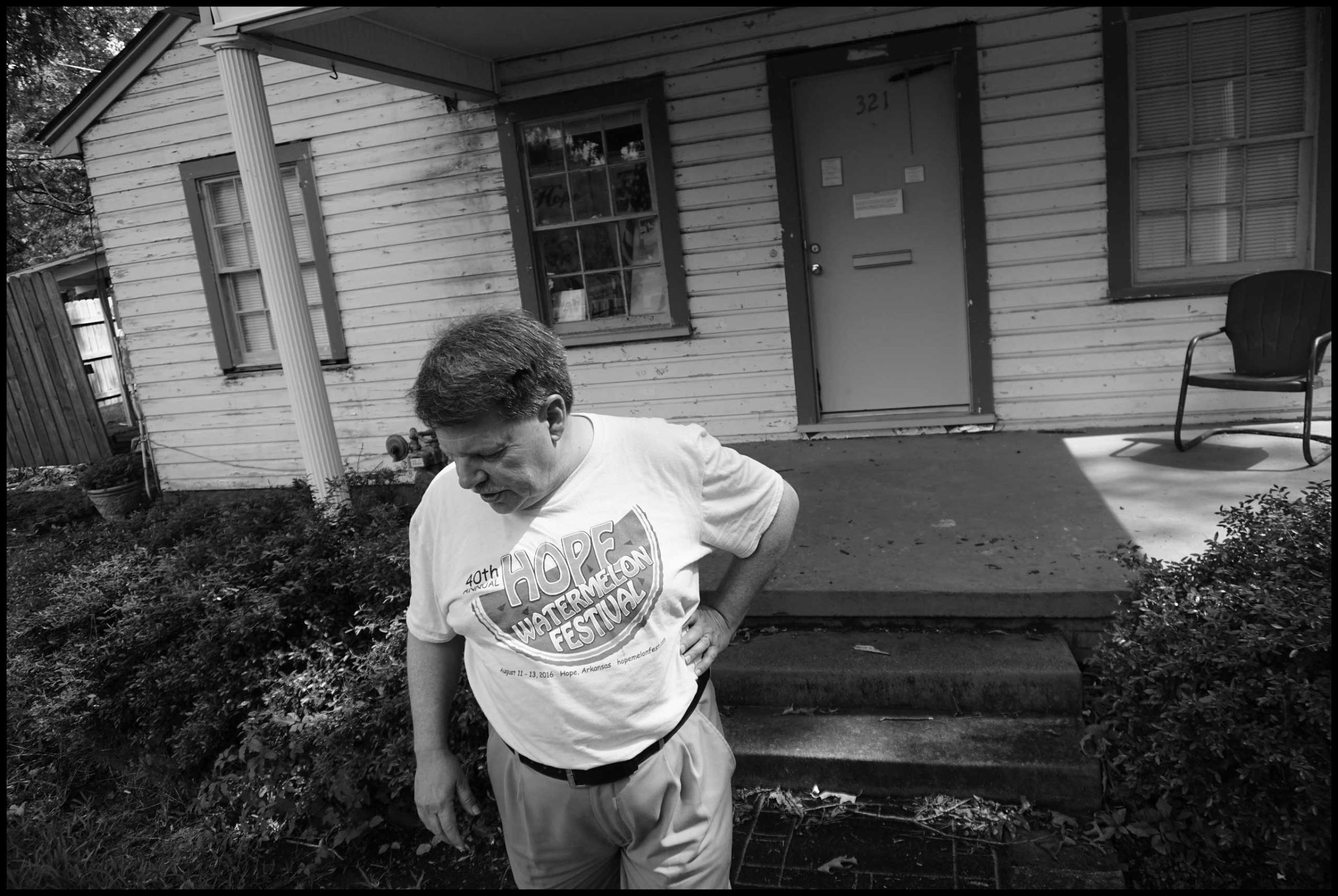
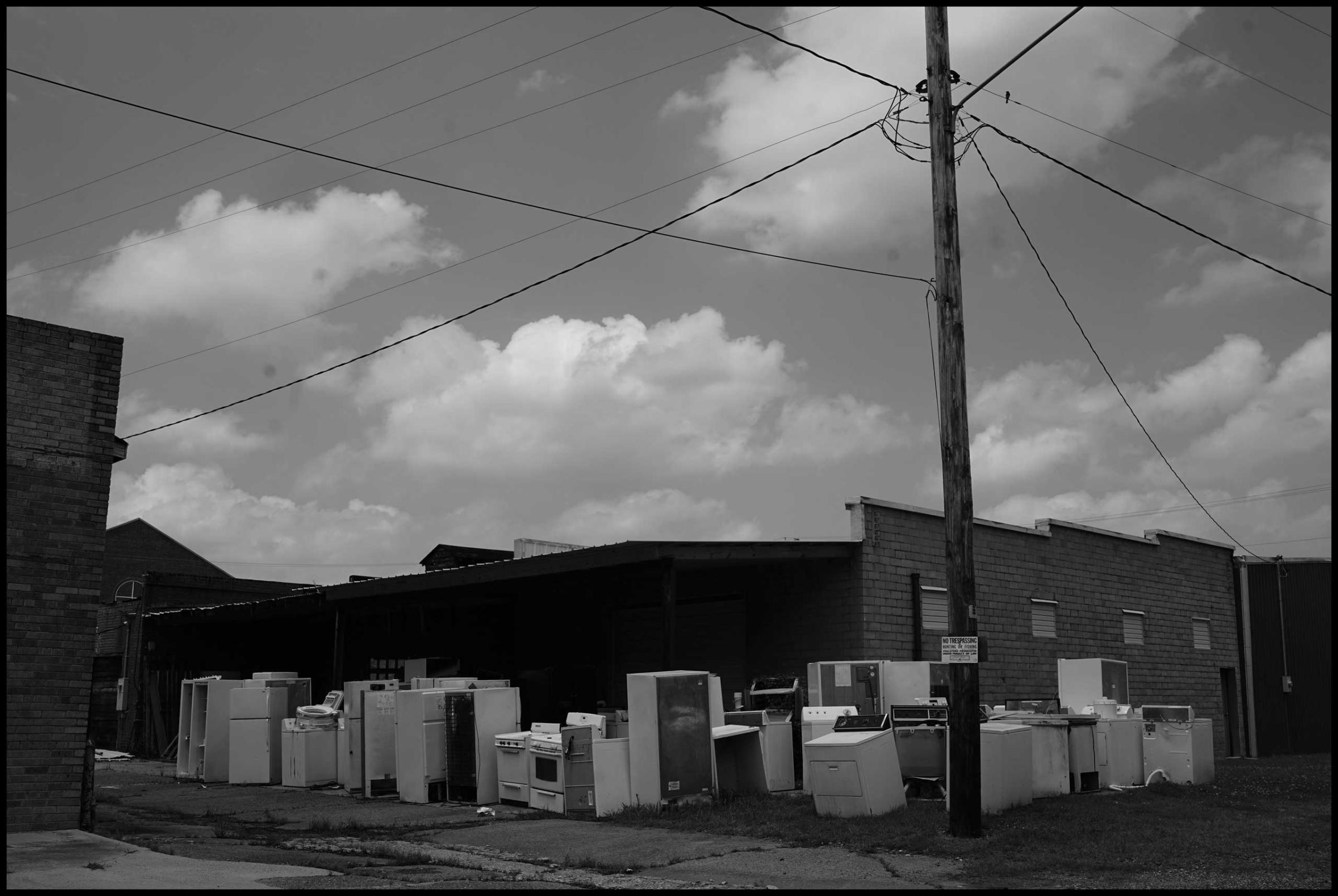
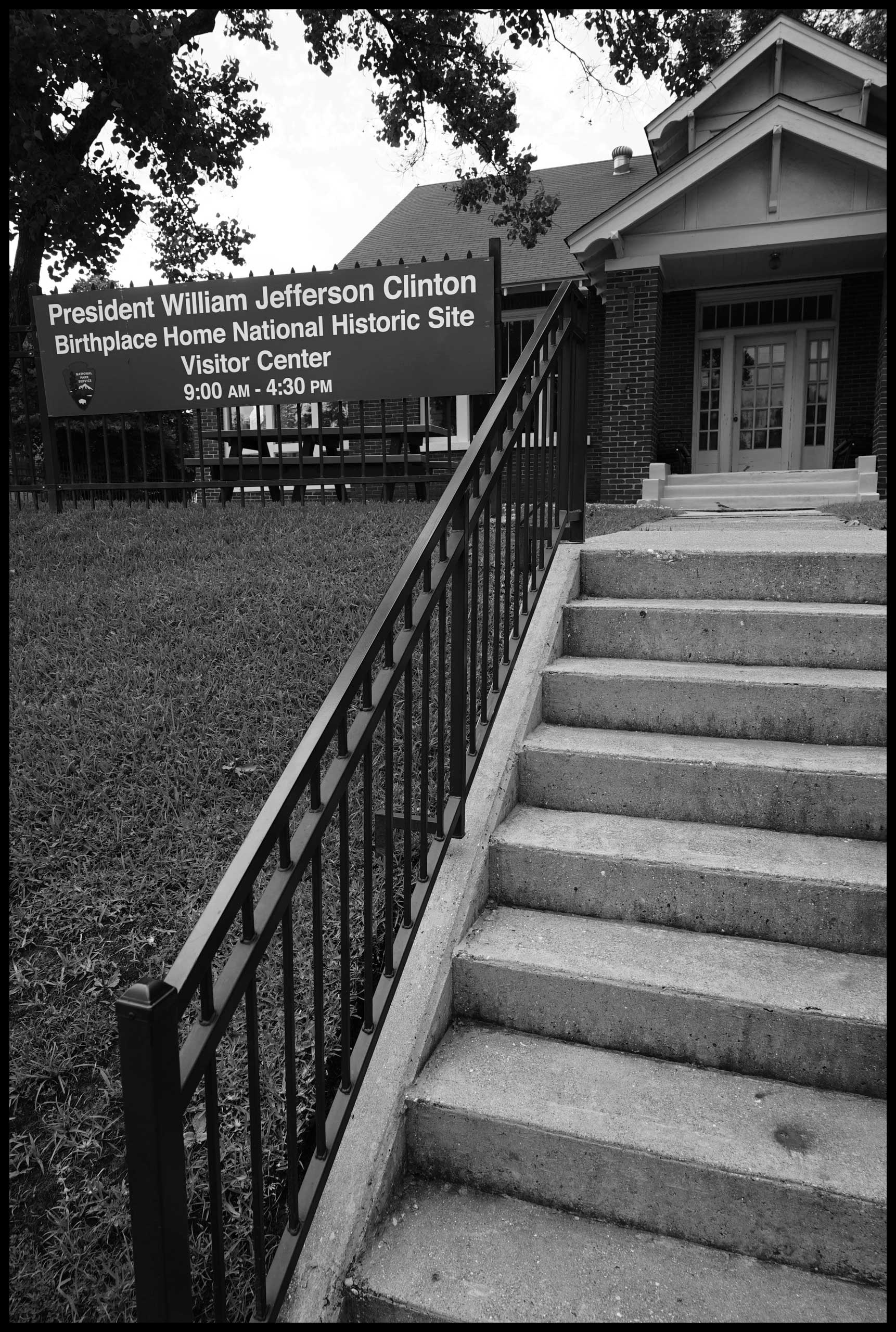


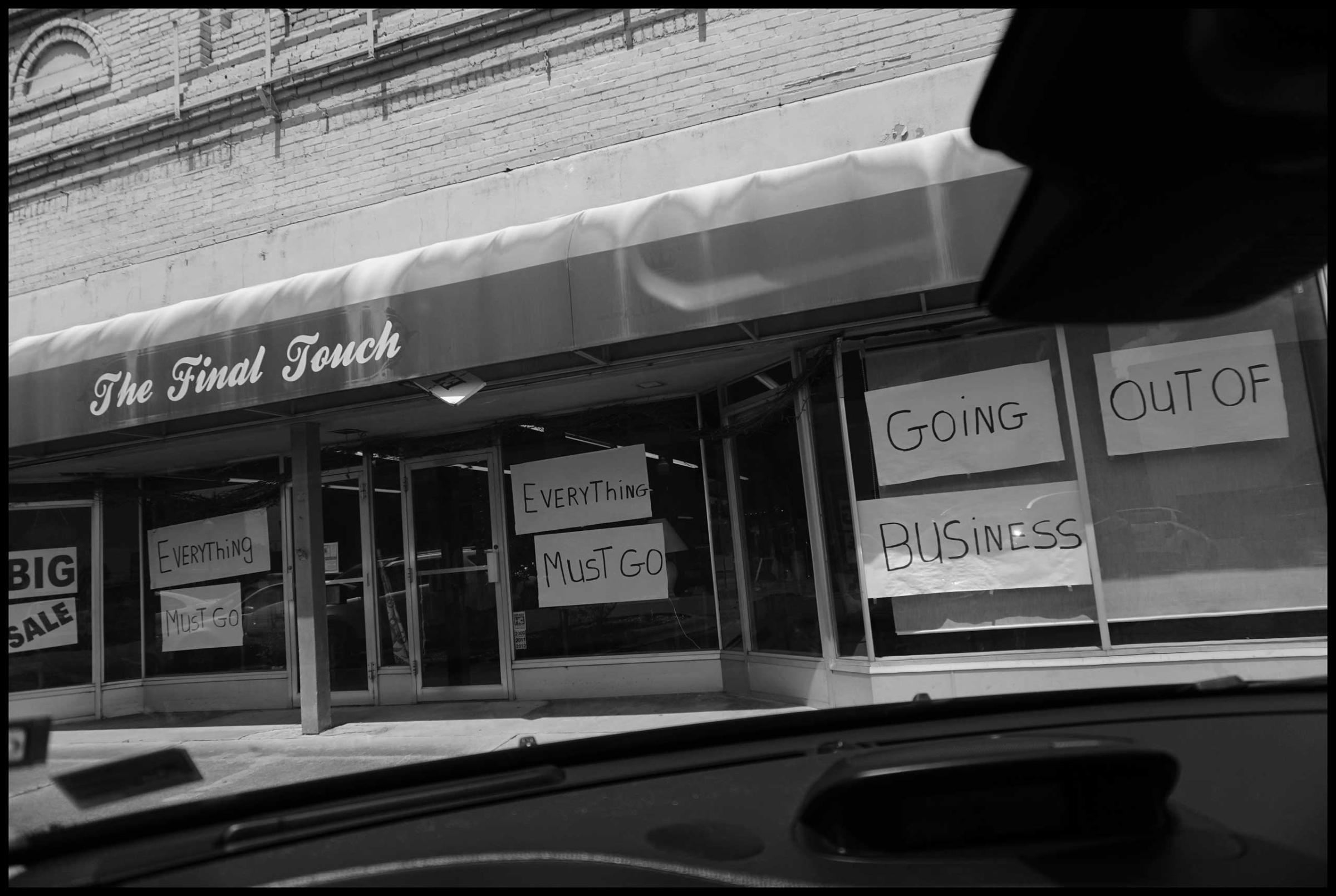

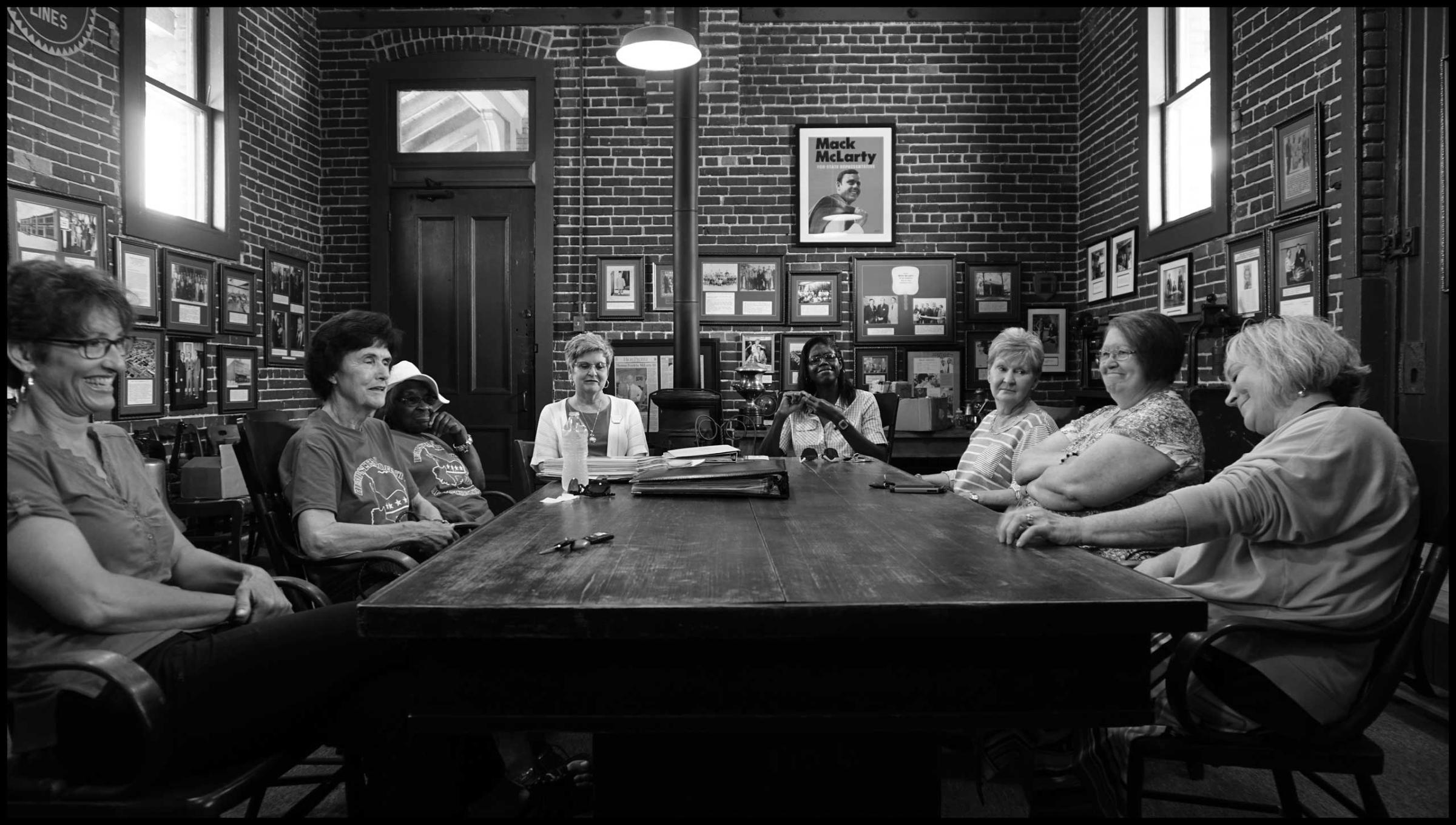


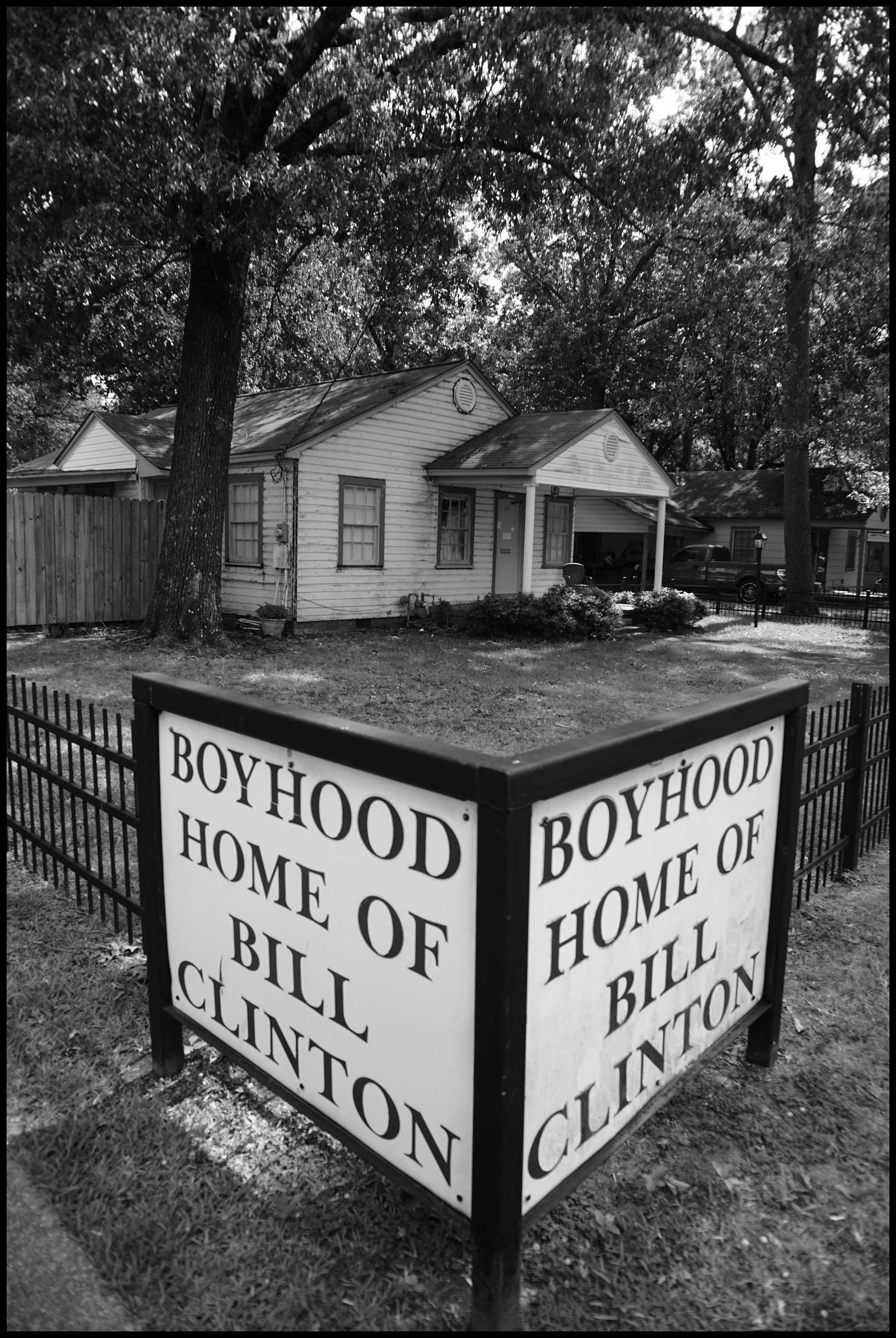
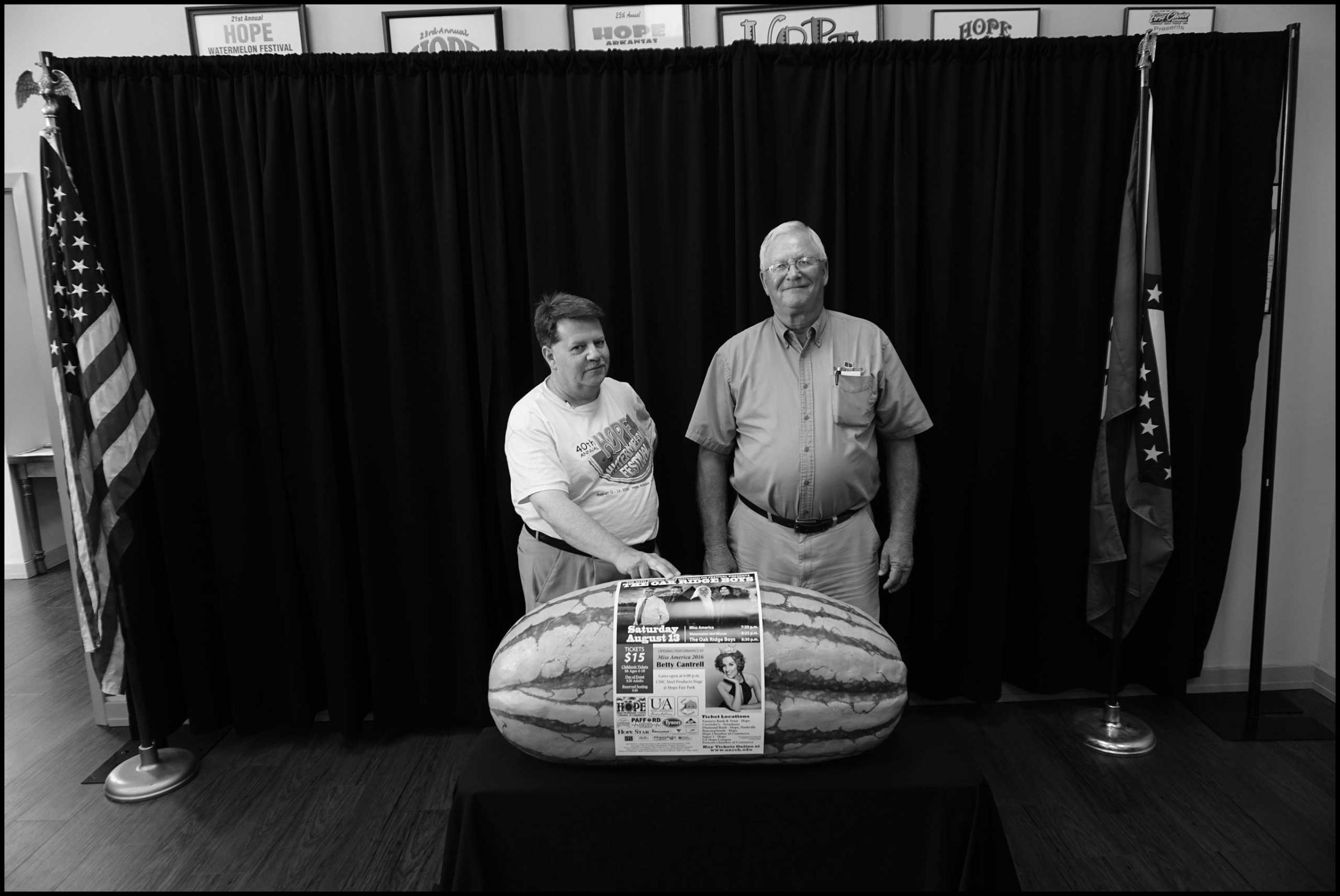
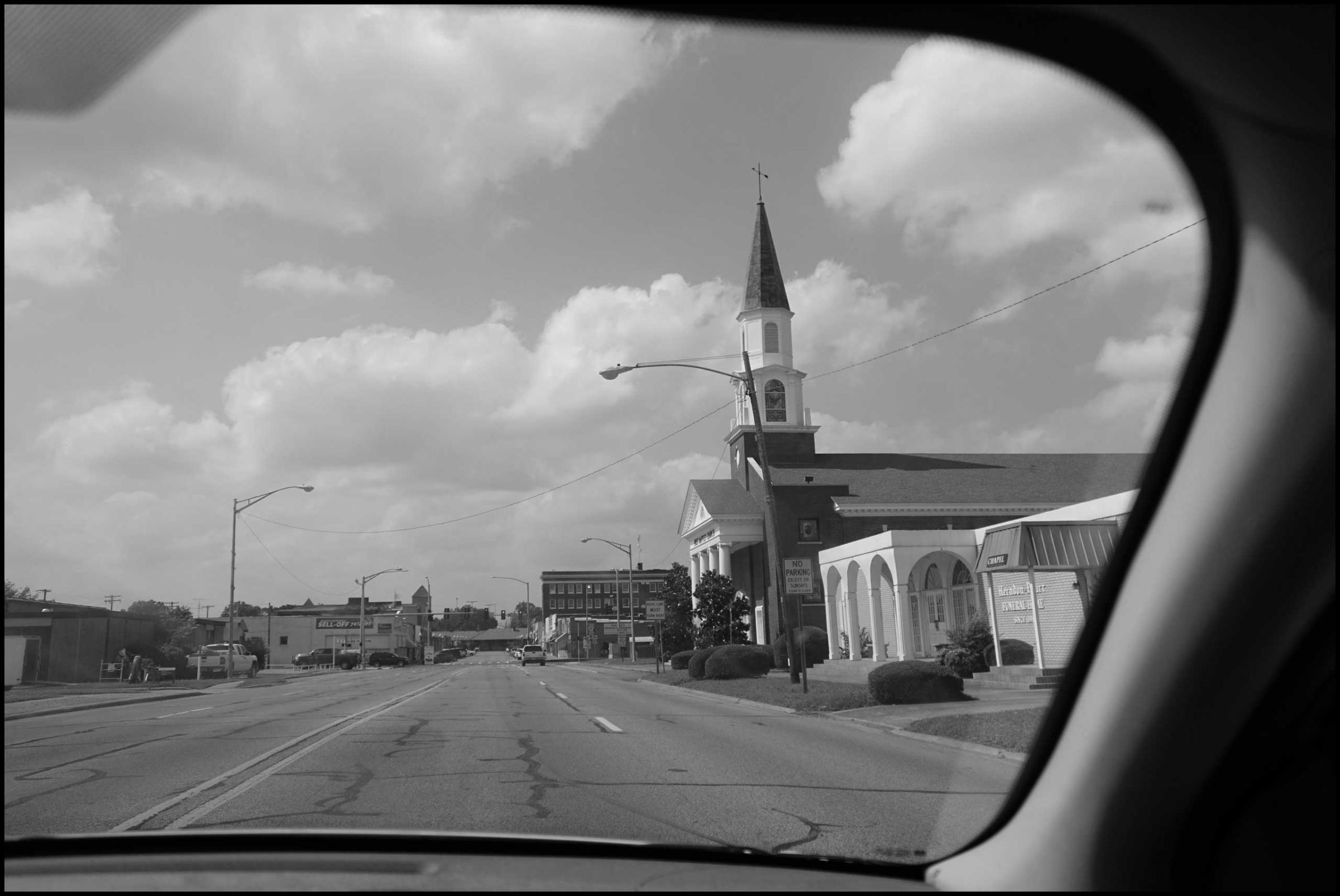

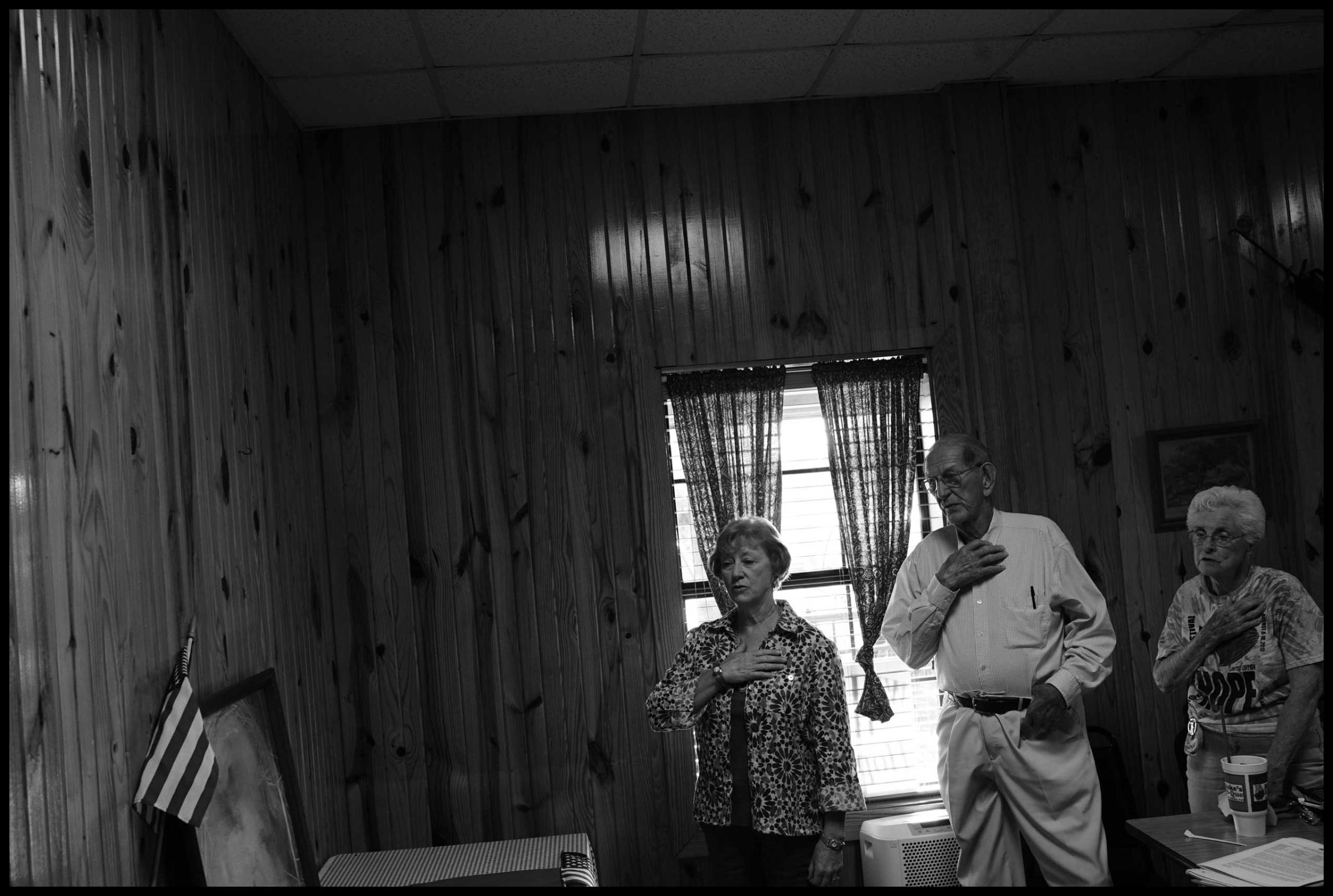
More Must-Reads from TIME
- Why Biden Dropped Out
- Ukraine’s Plan to Survive Trump
- The Rise of a New Kind of Parenting Guru
- The Chaos and Commotion of the RNC in Photos
- Why We All Have a Stake in Twisters’ Success
- 8 Eating Habits That Actually Improve Your Sleep
- Welcome to the Noah Lyles Olympics
- Get Our Paris Olympics Newsletter in Your Inbox
Contact us at letters@time.com